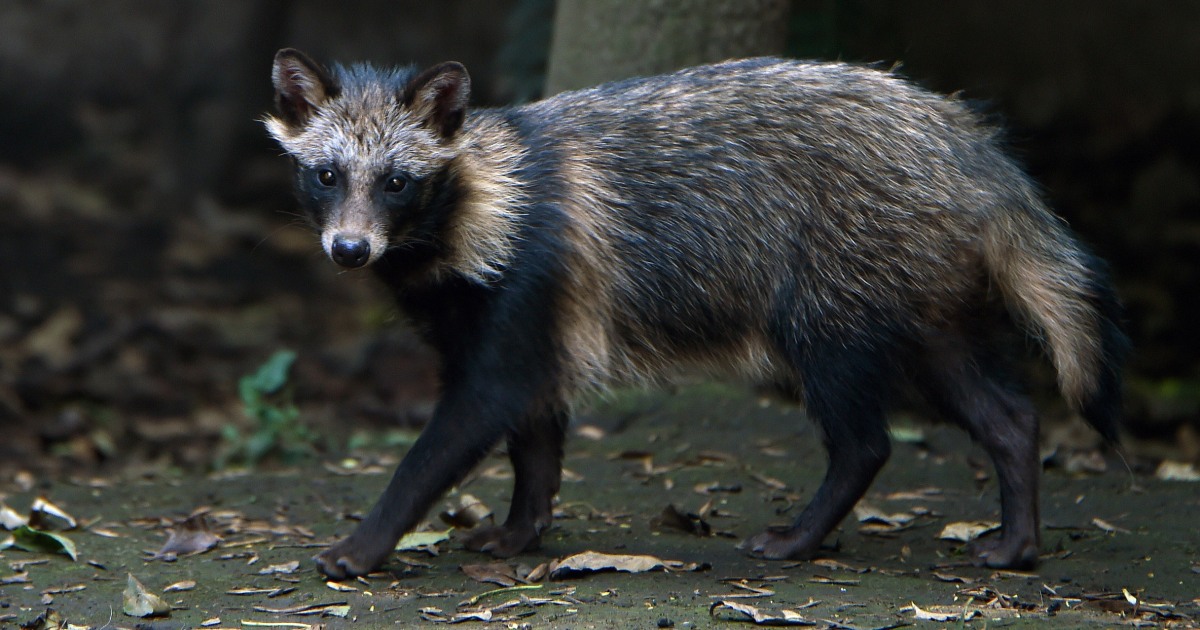International scientists who examined previously unavailable genetic data from samples collected at a market close to where China’s first human cases of Covid-19 were detected said they found suggestions the pandemic originated in animals, not a laboratory.
Other experts have yet to verify their analysis, which has also not yet appeared in a peer-reviewed journal. How the coronavirus began to make people sick remains uncertain.
“These data do not provide a definitive answer as to how the pandemic started, but each piece of data is important in getting us closer to that answer,” WHO Director-General Tedros Adhanom Ghebreyesus said at a news conference on Friday.
He also criticized China for not sharing the genetic information sooner, adding that «this information could and should have been shared three years ago.»
The samples were collected from surfaces at the Huanan Seafood Market in Wuhan after the first human cases of covid-19 were found in late 2019.
Tedros said the genetic sequences were uploaded to the world’s largest public virus database in late January by scientists from the Chinese Center for Disease Control and Prevention; the data has since been removed from the database.
A French biologist discovered the information by chance while going through the database and shared it with a group of scientists outside of China who were looking for the origins of the coronavirus.
Genetic sequencing data showed that some of the samples, known to be positive for the coronavirus, also contained genetic material from raccoon dogs, indicating that the animals may have been infected by the virus, according to the scientists. Their analysis was first reported in The Atlantic.
«There’s a good chance that the animals that deposited that DNA also deposited the virus,» said Stephen Goldstein, a virologist at the University of Utah who participated in the data analysis. «If you were to go and do environmental sampling after a zoonotic spill event… this is basically exactly what you would expect to find.»
Ray Yip, an epidemiologist and founding member of the US Centers for Disease Control office in China, said that while the new findings were not definitive, they were significant.
«The market environmental sampling data released by the China CDC is by far the strongest evidence to support animal origins,» Yip told the AP in an email. He was not connected to the new analysis.
Scientists have been searching for the origins of the Covid-19 pandemic since the virus emerged, but that search has been complicated by factors including the massive increase in human infections in the first two years of the pandemic and a political dispute every ever more bitter
It took virus experts more than a dozen years to identify the animal origin of SARS, a related virus.
The researchers say their analysis is the first strong indication that coronavirus-infected wild animals may be on the market. Some of the samples with raccoon dog DNA were collected from a post that tested positive for Covid-19 and was known to be involved in the wildlife trade, Goldstein said.
But it’s also possible that humans first brought the virus to market and infected the raccoon dogs, or that infected humans left traces of the virus near the animals.
After the group’s scientists contacted the Chinese CDC, they say, the sequences were pulled from the global virus database. The researchers are puzzled as to why data from samples collected more than three years ago were not made public sooner.
Earlier this week, some of the scientists presented their findings to an advisory group that the World Health Organization has commissioned to investigate the origins of Covid, Goldstein confirmed.
Mark Woolhouse, an infectious disease expert at the University of Edinburgh, said it will be crucial to see how the genetic sequences of raccoon dogs match up with what is known about the historical evolution of the Covid-19 virus.
He said that if the analysis shows that animal viruses have earlier origins than those that infected people, «that’s probably the best evidence we can hope for that this was a spillover event in the marketplace.»
After a week-long visit to China to study the origins of the pandemic, the WHO published a report in 2021 concluding that covid most likely jumped from animals to humans, ruling out the possibility of a laboratory origin. as «extremely unlikely».
But the UN health agency backtracked the following year, saying «key data» was still missing.
In recent months, WHO chief Tedros has said all hypotheses remained on the table, while he and senior officials have pleaded with China to share more data on its Covid-19 research.
The China CDC scientists who previously analyzed the samples published a paper as a preprint in February. Their analysis suggested that humans brought the virus to market, not animals, implying that the virus originated elsewhere.
The paper did not mention that animal genetic material was found in samples that tested positive for covid-19, and the authors did not upload the raw data until March. Gao Fu, the former head of the China CDC and the paper’s lead author, did not immediately respond to an email requesting comment.
Wuhan, the Chinese city where covid-19 was first detected, is home to several laboratories involved in collecting and studying coronaviruses, fueling theories that the virus may have leaked from one.
In February, the Wall Street Journal reported that the US Department of Energy had assessed «with little confidence» that the virus had leaked from a laboratory. But others in the US intelligence community disagree, believing it more likely first came from animals. Experts say the true origin of the pandemic may not be known for many years, if ever.


